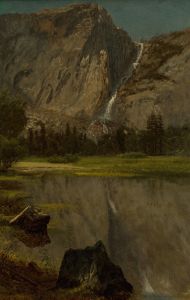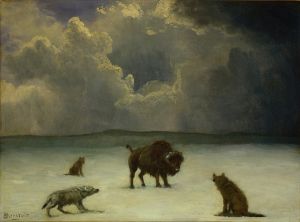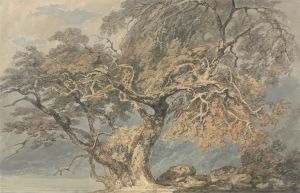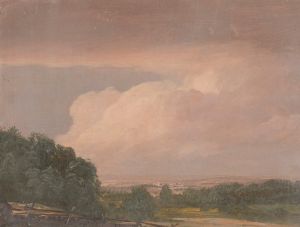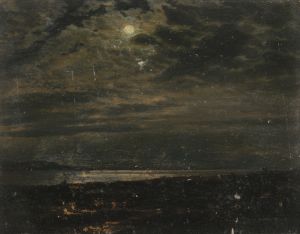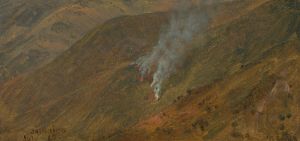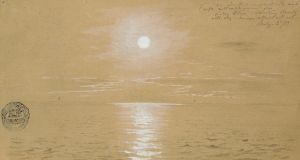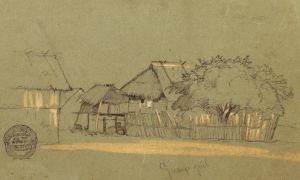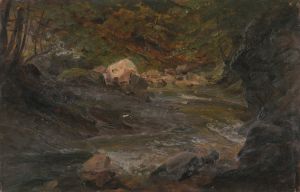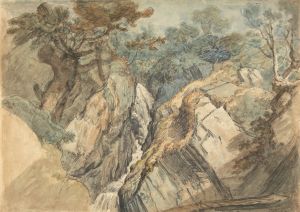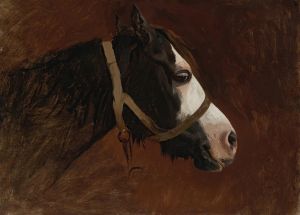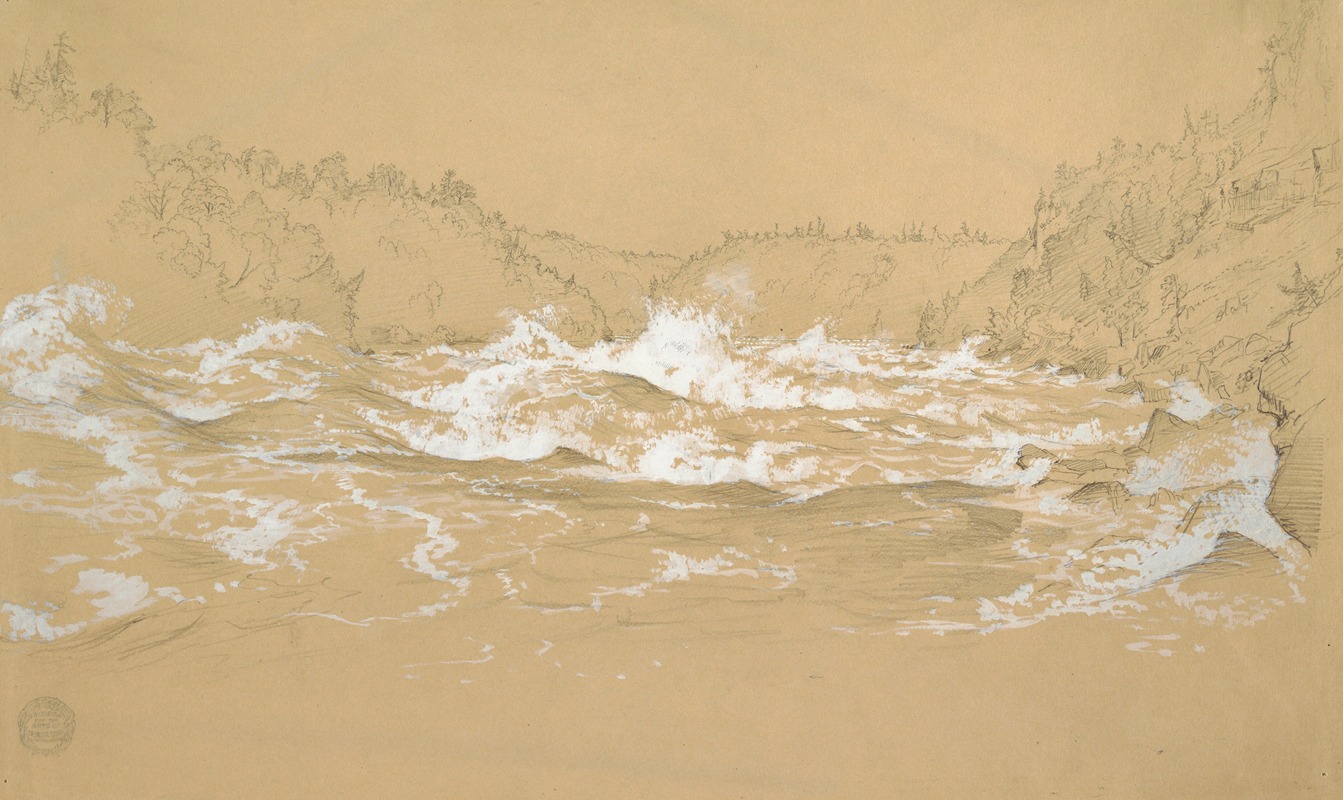
Niagara River Gorge
A hand-painted replica of Frederic Edwin Church’s masterpiece Niagara River Gorge, meticulously crafted by professional artists to capture the true essence of the original. Each piece is created with museum-quality canvas and rare mineral pigments, carefully painted by experienced artists with delicate brushstrokes and rich, layered colors to perfectly recreate the texture of the original artwork. Unlike machine-printed reproductions, this hand-painted version brings the painting to life, infused with the artist’s emotions and skill in every stroke. Whether for personal collection or home decoration, it instantly elevates the artistic atmosphere of any space.
Frederic Edwin Church's Niagara River Gorge is a painting created by the renowned American landscape artist, who was a central figure in the Hudson River School. This artistic movement, prominent in the mid-19th century, was characterized by its focus on romanticized depictions of the American wilderness, often emphasizing dramatic natural scenery and the sublime qualities of the landscape.
The painting captures the grandeur and power of the Niagara River Gorge, a natural feature formed by the erosive forces of the Niagara River as it flows from Lake Erie to Lake Ontario, carving a deep and rugged channel through the landscape. Church's work is known for its meticulous attention to detail, and Niagara River Gorge exemplifies this with its precise rendering of the geological formations, the rushing water, and the interplay of light and shadow. The painting reflects Church's fascination with the natural world and his ability to convey its majesty on canvas.
Frederic Edwin Church visited Niagara Falls and its surrounding areas multiple times during his career, as the site was a popular destination for artists, tourists, and writers in the 19th century. The falls and the gorge were seen as symbols of the untamed beauty of the American landscape, and they held cultural and national significance during a period when the United States was expanding westward and defining its identity. Church's works often celebrated such iconic locations, presenting them as emblematic of the country's natural heritage.
While Niagara River Gorge is not as widely known as Church's other works, such as Niagara (1857) or The Heart of the Andes (1859), it remains an important example of his ability to depict the dynamic forces of nature. The painting demonstrates his skill in capturing the movement of water and the textures of rock, as well as his use of light to create a sense of depth and atmosphere.
Church's paintings, including Niagara River Gorge, were often informed by his personal observations and sketches made during his travels. He was deeply influenced by the scientific and artistic trends of his time, and his works reflect a synthesis of artistic vision and empirical study. Today, Church's contributions to American art are celebrated for their technical mastery and their role in shaping perceptions of the American landscape during the 19th century.
Specific details about the creation date, current location, or dimensions of Niagara River Gorge are not readily available in existing records. However, the painting remains a testament to Church's enduring legacy as one of America's foremost landscape painters.







